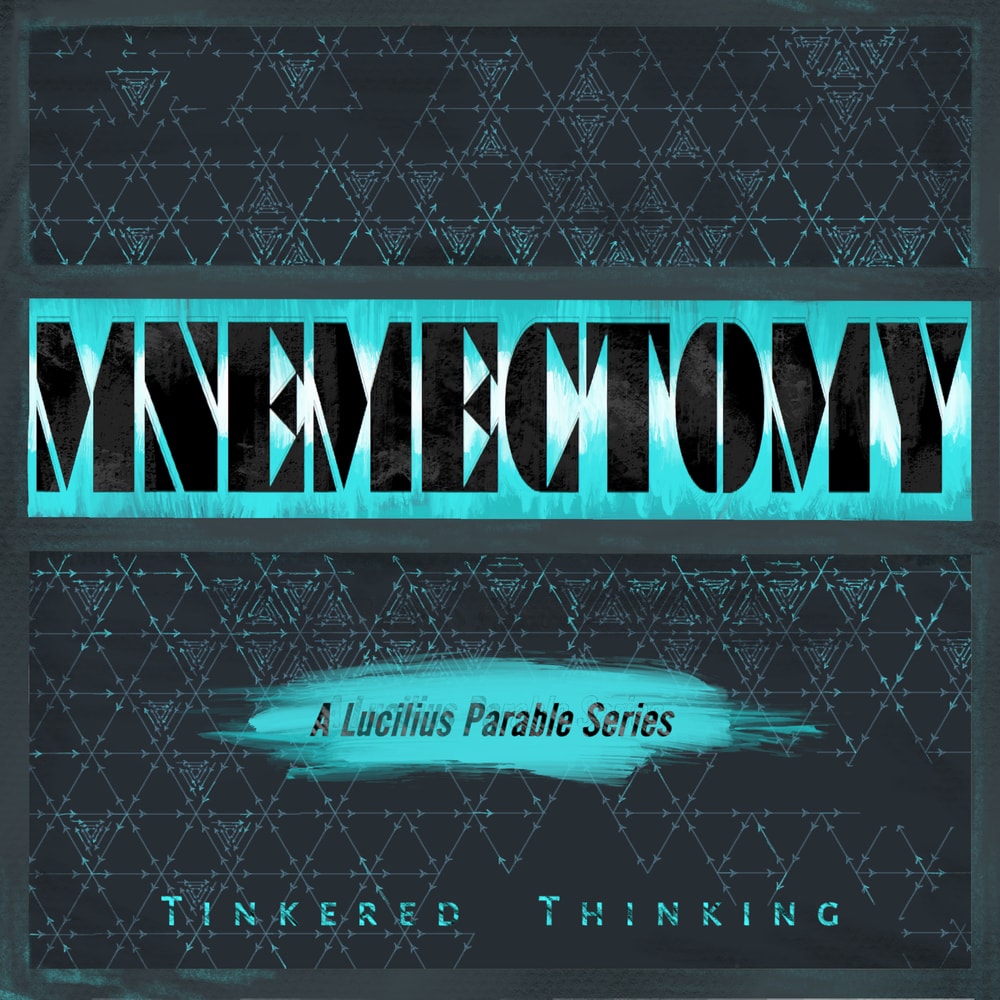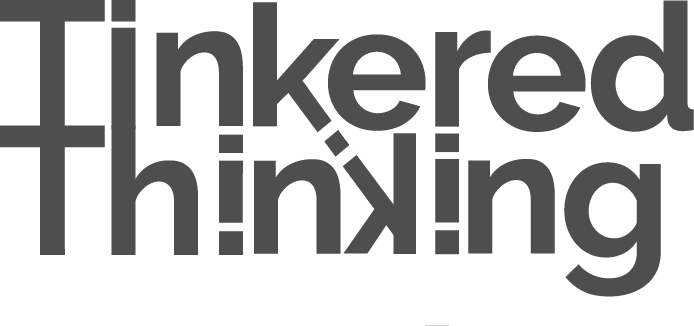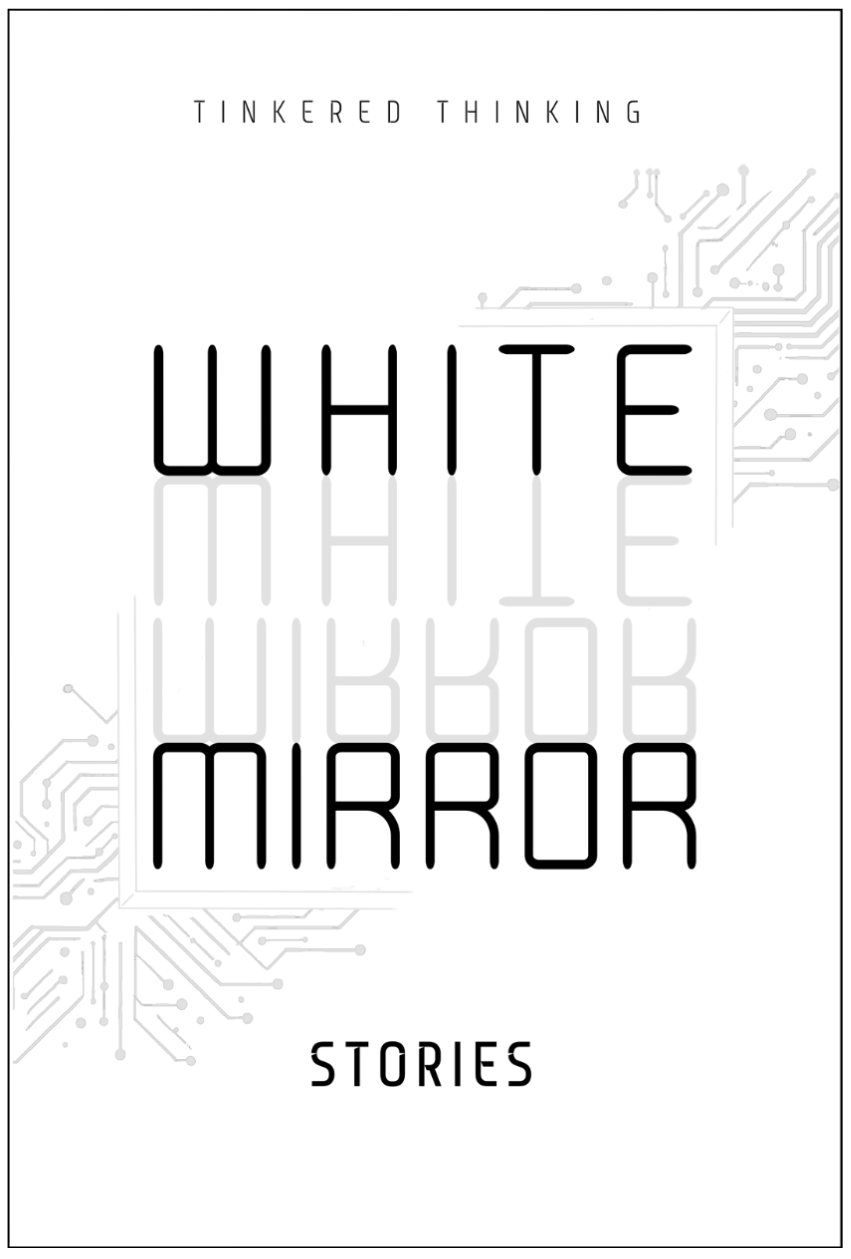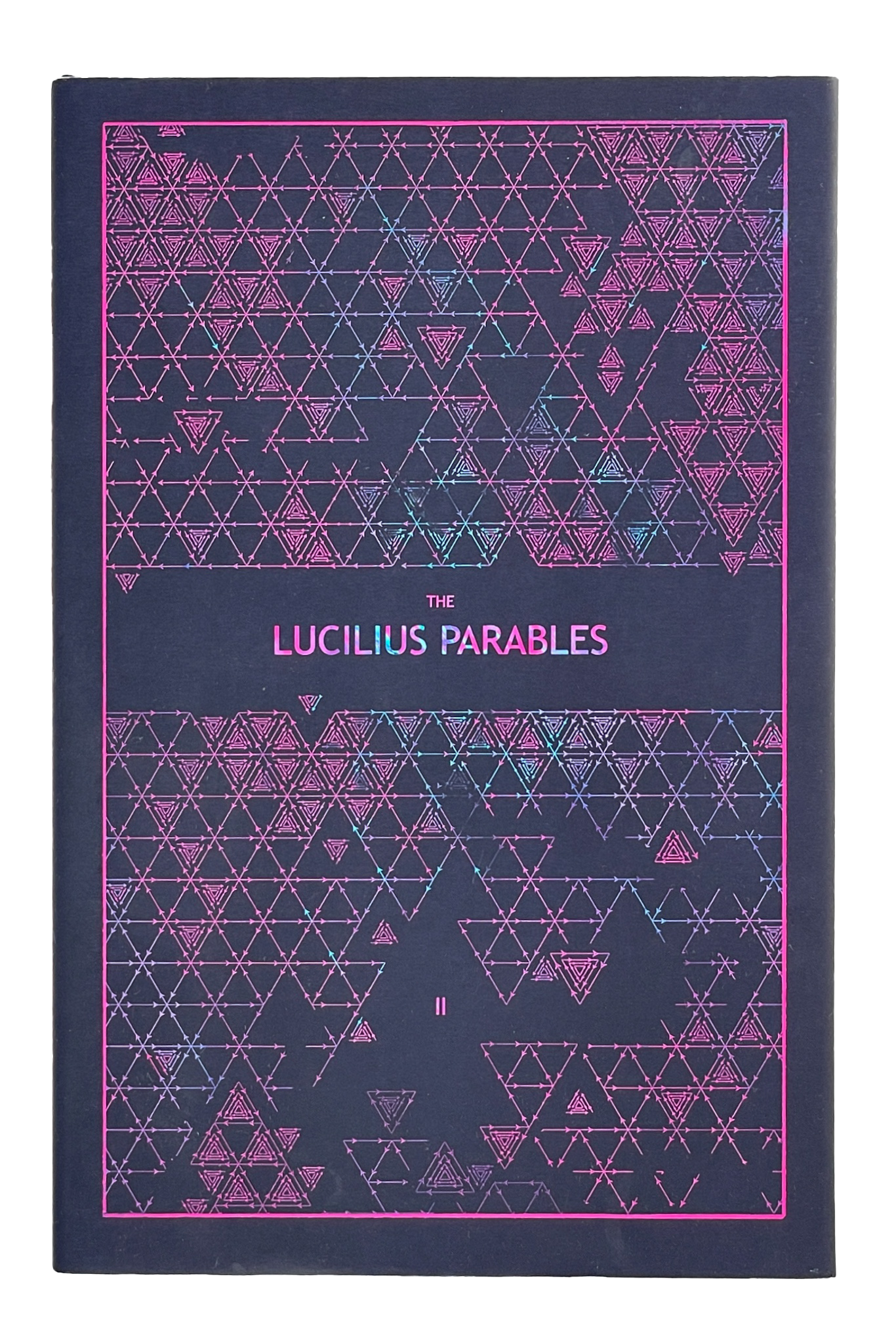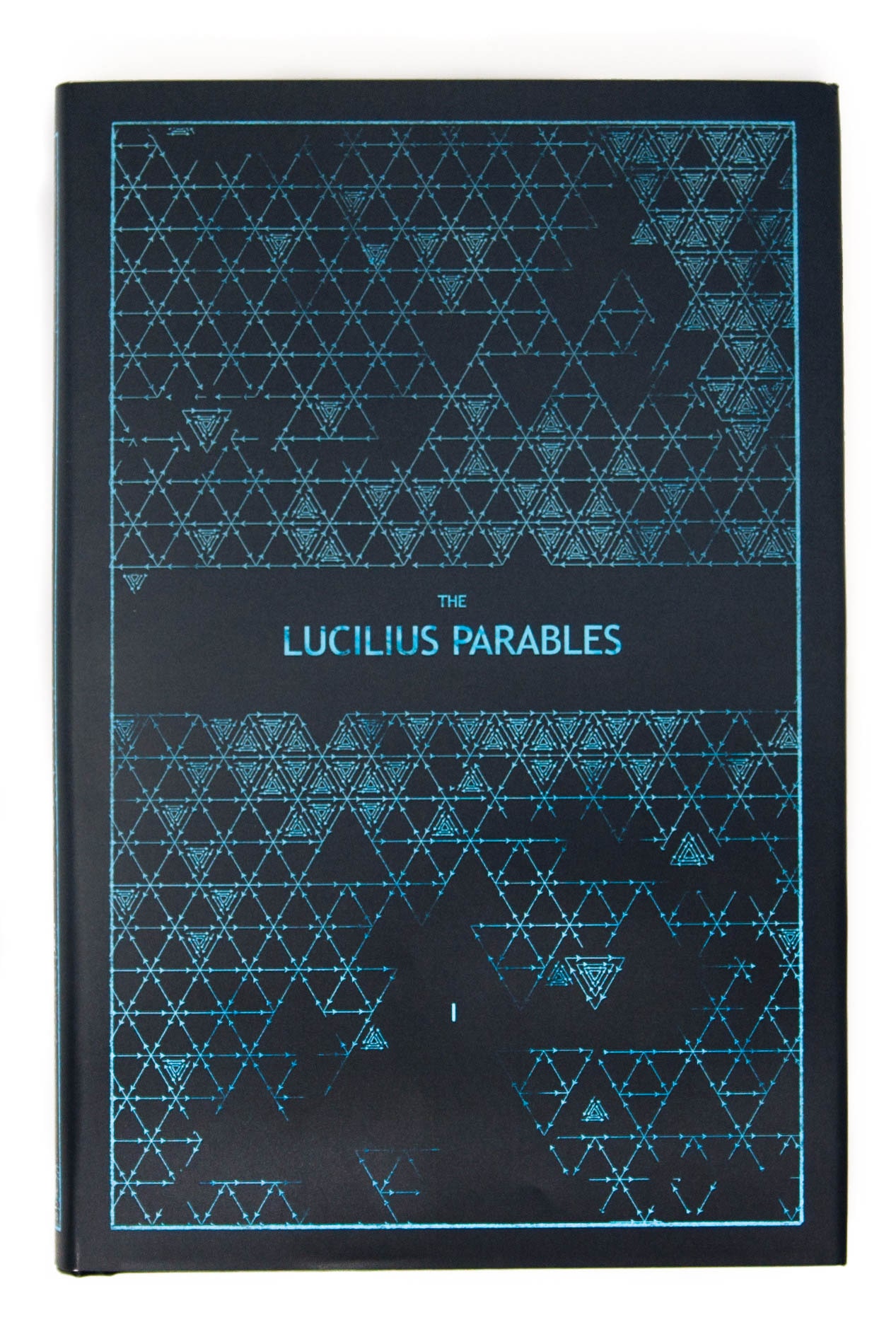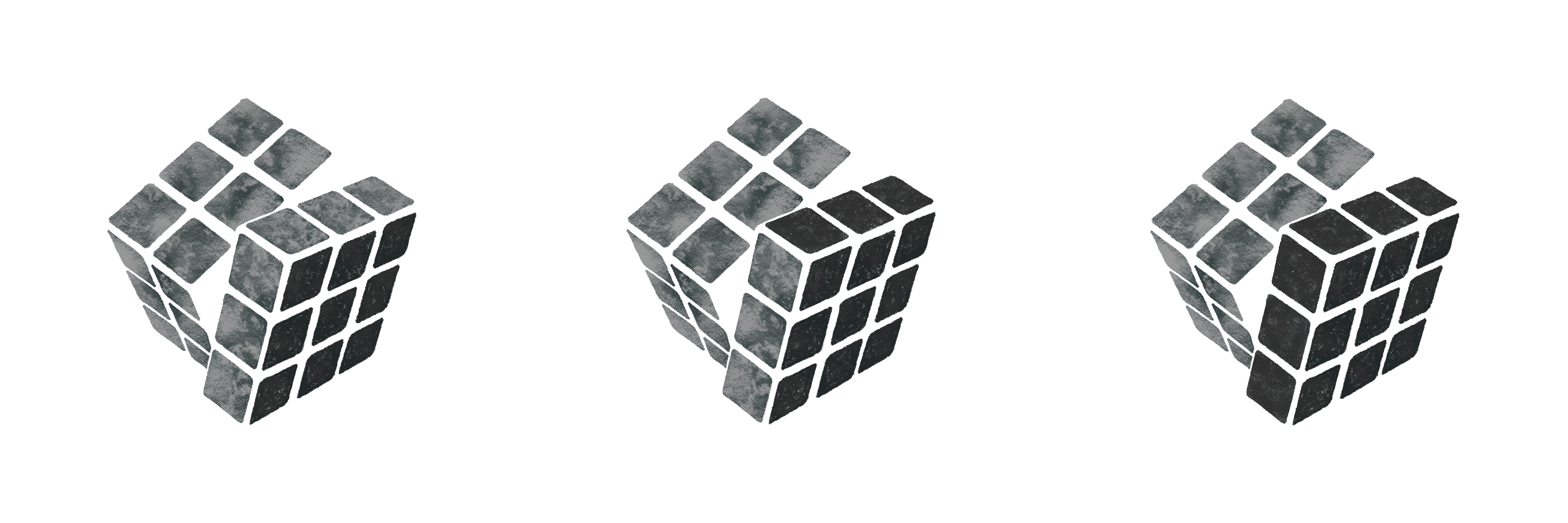Daily, snackable writings to spur changes in thinking.
Building a blueprint for a better brain by tinkering with the code.
subscribe
rss Feeds
SPIN CHESS
A Chess app from Tinkered Thinking featuring a variant of chess that bridges all skill levels!
REPAUSE
A meditation app is forthcoming. Stay Tuned.
UNIQUE
February 15th, 2019
It should be left to the Pedant to gripe for grammatical reasons about the word ‘unique’ being mutilated by plopping an adverb like ‘very’ in front of it. As in that’s very unique.
To illustrate why this is a problem from a grammatical standpoint we can swap out the word ‘unique’ for something that is unique and the problem becomes quite clear, for example, imagine someone pointing up at the sky during a clear day and saying that’s very Sun.
This feels awkward in the ear and awkward on the tongue for obvious reasons: any given THING cannot be more or less of the thing it is. This is what the function of the word ‘unique’ is supposed to embody.
If something is unique, it is one of a kind. To say that something is VERY one-of-a-kind is like adding 1 to infinity, it’s not only redundant but ineffective.
These are all points that the Pedant would bring up when trying to point out grammatical misuse in the way another person speaks. Often this is done to simply show-off some minutia of knowledge rather than to assist in some kind of opportunity to learn.
Anyone with a genuine and deep appreciation of language will notice how much language shifts, mutates and morphs over time. This ability which ultimately annoys the strict grammarian is one of the core mechanisms of language that has enabled it to evolve to the form purportedly held sacred by pedantic grammarians.
While the careless manipulation of language can certainly lead to dystopian paradoxes of Orwellian stature, the vast metastasis of language has for the most part been for the better when it comes to our ability to get a notion from one mind to another.
We might wonder what exactly we are doing when we say something is very unique. Such a mistake doesn’t seem to occur when speaking of some things that are actually unique. As mentioned we do not say that’s very Sun, or that’s very Moon.
We do on the other hand modify some unique things in the exact same way. For example, let’s say we have a friend named Alex who is quite funny, and we find ourselves in the company of mutual friends without Alex and the whole group witnesses something funny that is in line with Alex’s humor. It’s quite common for someone to make the observation of similarity and say “that’s very Alex.”
Here we have a unique person who is being modified in a way that seems to some how be beyond their own nature. But of course this is not the case. The modifying word ‘very’ is being used to approach the unique nature of Alex and his humor.
To highlight this, we can follow the modifying adverb ‘very’ into some of it’s more traditional territory.
For example, we can say something is bad, but then if it gets worse we’ll change and say that it’s very bad.
For whatever reason there is nothing wrong with this statement, and it may be because we have the word ‘worst’. So we can suss out a kind of hazy spectrum from this concept. There’s bad to worse which is very bad and then if things get even worse, it might actually be the worst.
As much as we don’t like the in-between gray spaces between categories and even identities, we need a spectrum of such gray space in order to communicate nuance.
The rise of the tendency to qualify the word ‘unique’ may be due to a need for a spectrum that approaches uniqueness as opposed to the nonsensical hyperbolic implication of something being more unique than unique.
And what would be the point of such a spectral tool?
Well, to be perfectly pedantic about the word unique would require admitting that absolutely everything is unique. Even an identical set of mass-produced fidget spinners is a composite of unique items for the simple reason that no two things can occupy the exact same space. Two fidget spinners sitting side by side have unique orientations relative to the rest of the universe, and merely one differentiating factor qualifies for uniqueness. What we end up with by investigating the traditional definition of this word is a rather useless concept. It’s akin to the failure of the self-esteem movement and saying everyone is special, which simply becomes another way of saying no one is special.
While language certainly has forays into totally grotesque and un-useful areas, these branches collapse with enough time, just as we see in the evolution of species. For example, we don’t see peacocks with tail feathers that are 35 feet long even though this would certainly be possible, and there have certainly been slight mutations that have resulted in peacocks with feathers that are unusually long – even by peacock’s standards – but at that point the usefulness of looking ostentatious is impinged by fatality since predators have an easier time snagging lunch.
Language is a similar adaptation that follows similar patterns of expansion and collapse in order to evolve.
While the pedantic grammarian might bask in the self-serving conclusion that people are using the word ‘unique’ incorrectly,
it may simply be evidence that the human mind as a kind of hive is delving into the concept with more nuance and seeking out a gradient that exists between things that are similar and things that are one-of-a-kind.
It might seem dangerously post-modern to put a toe in each mutually-exclusive category, however, unlike most products of post-modernism, this faded border is actually a useful one, even if at first glance it does not seem to be the way people are intending it.
It goes to follow that when we say or hear someone say very unique. What’s really being indicated is a degree of something being out-of-the-ordinary.
Which is quite necessary in world of patterns where every ordinary thing is inherently unique.
-compressed.jpg)
